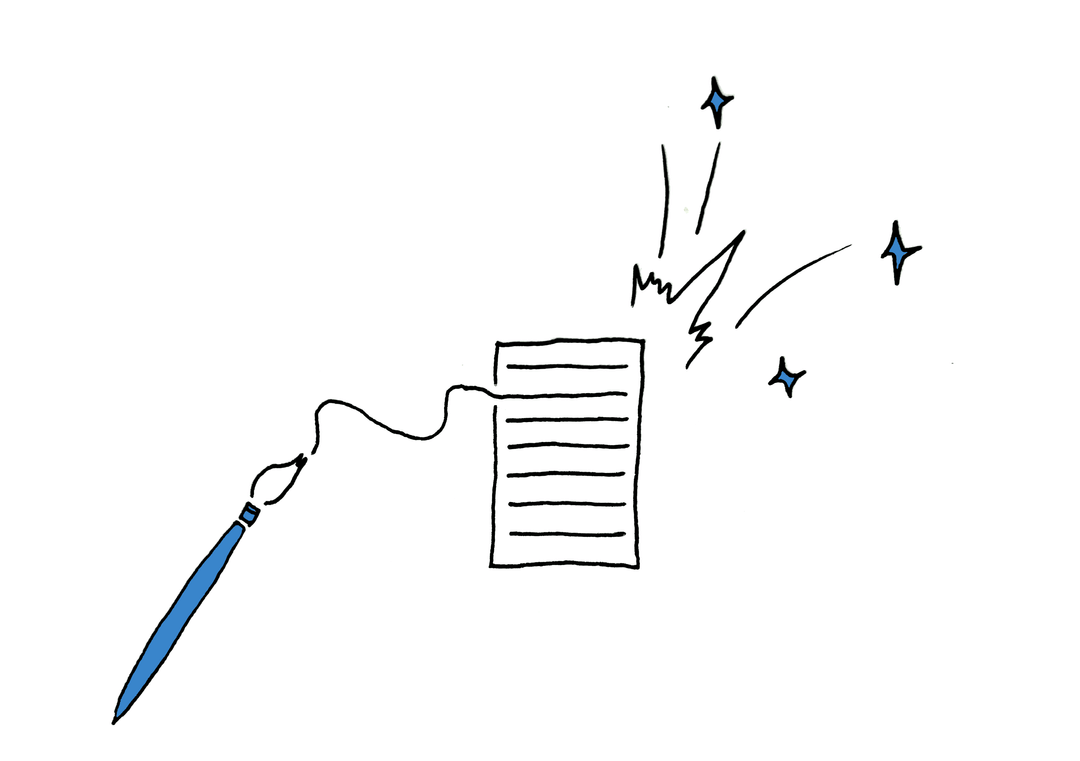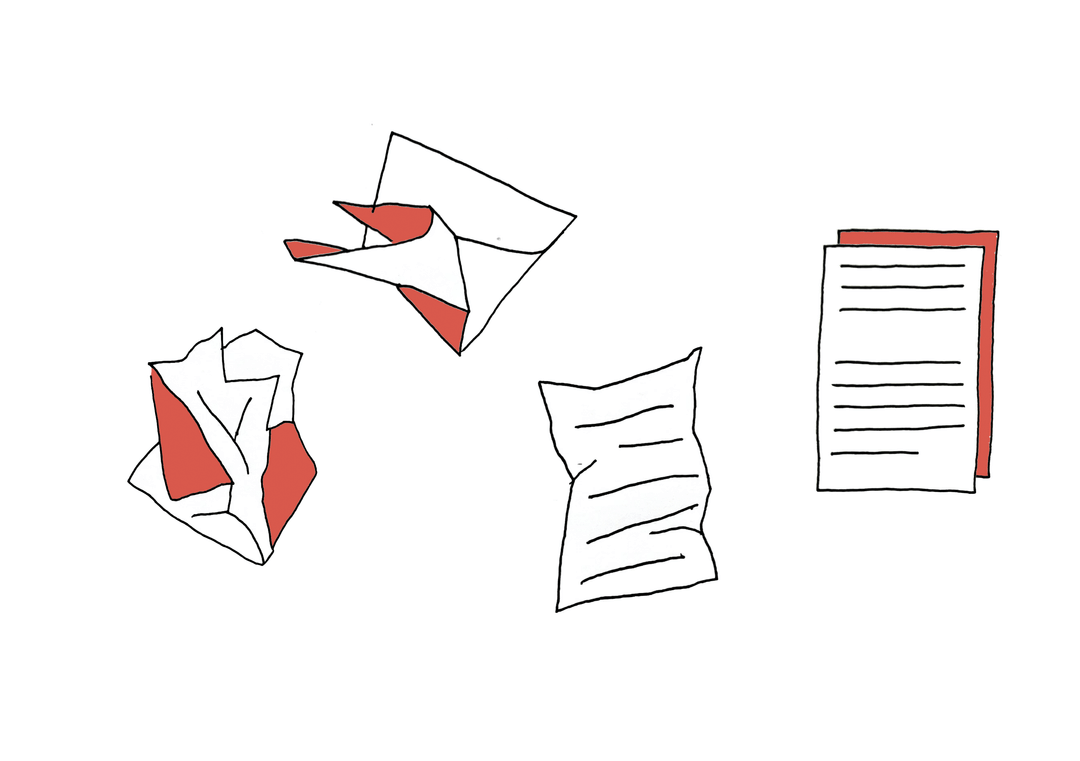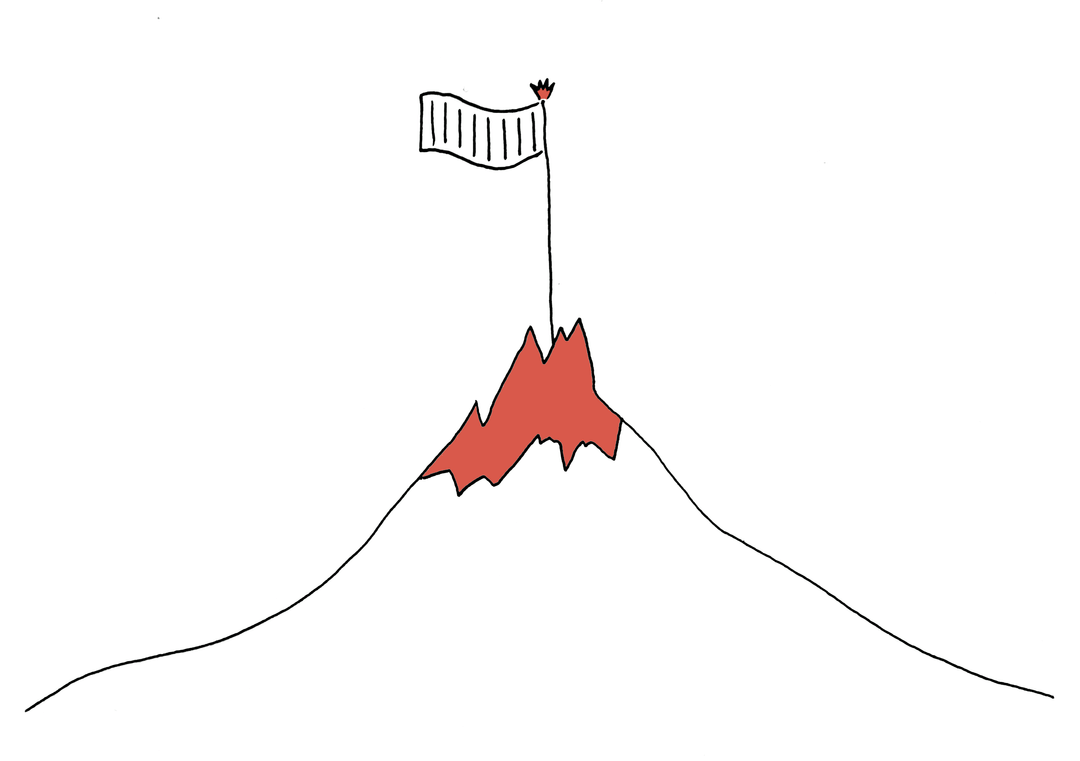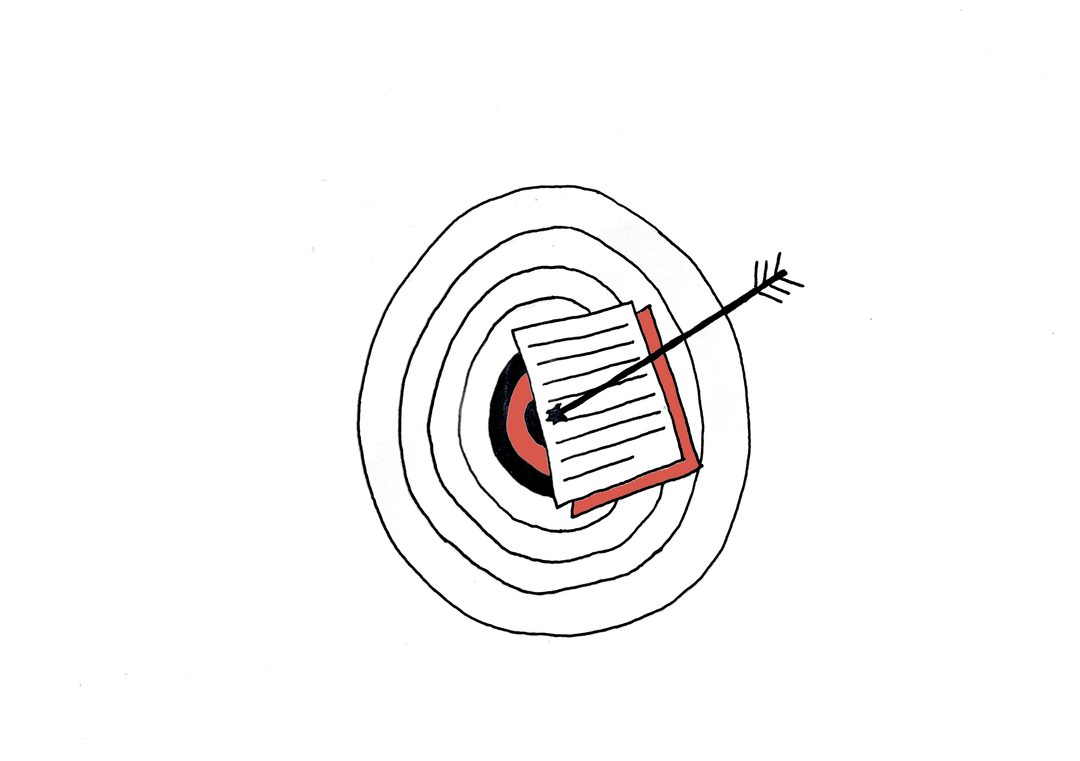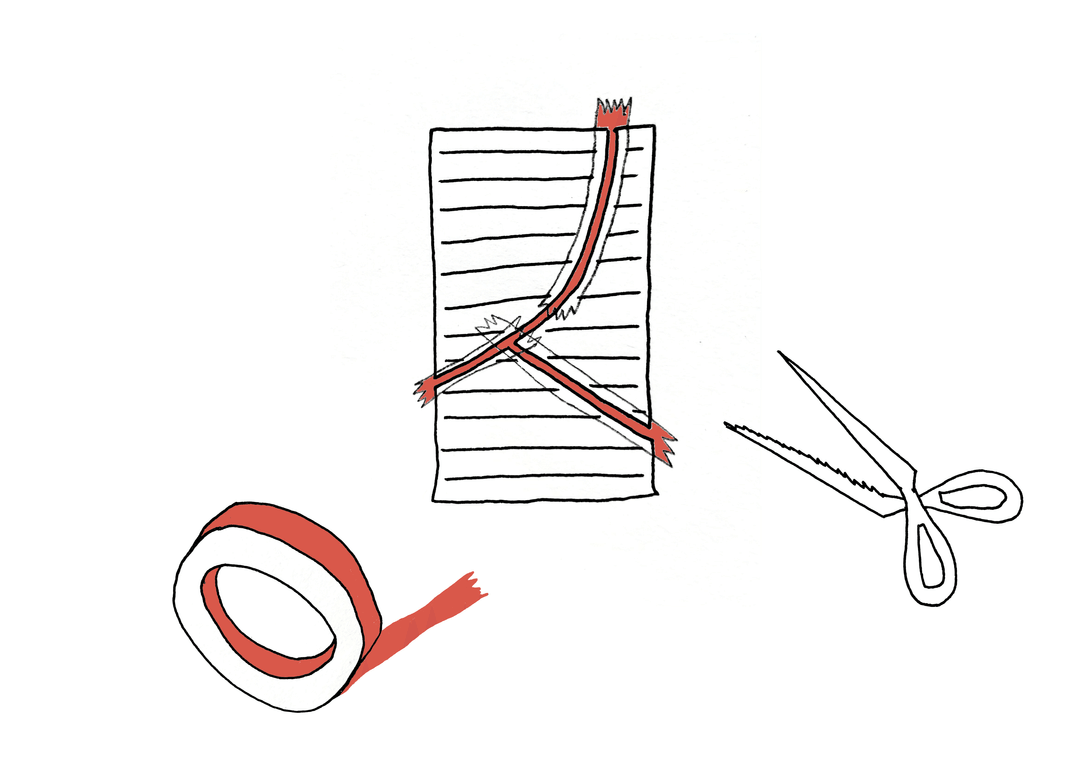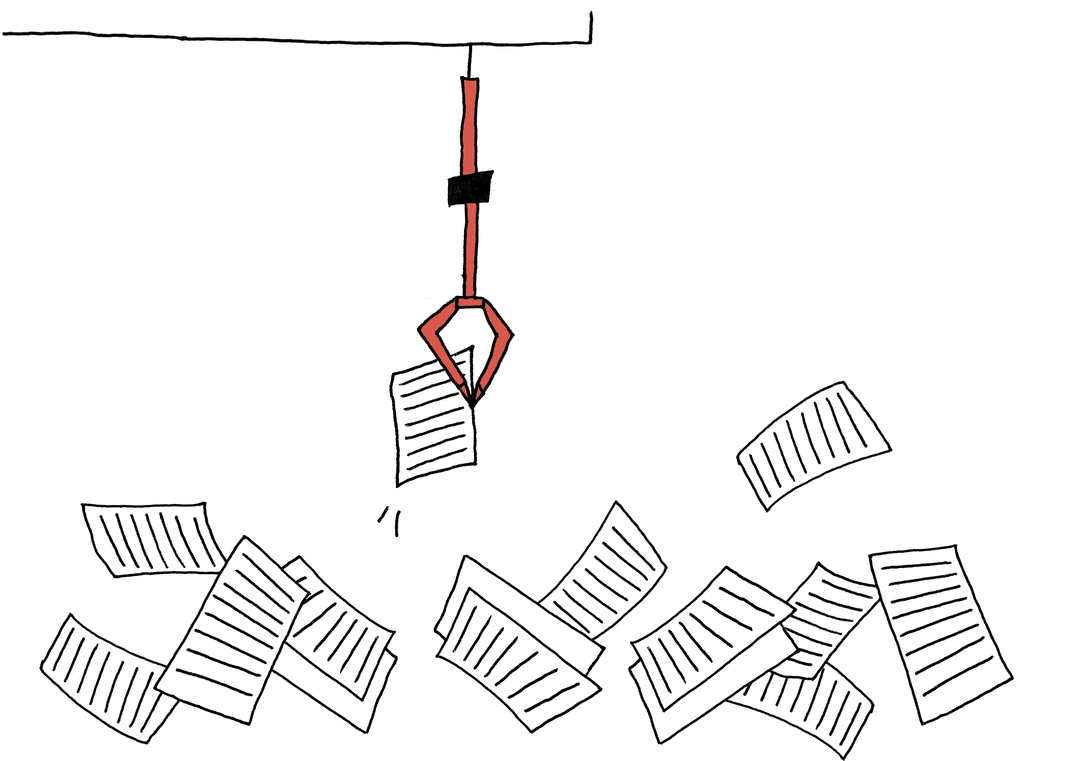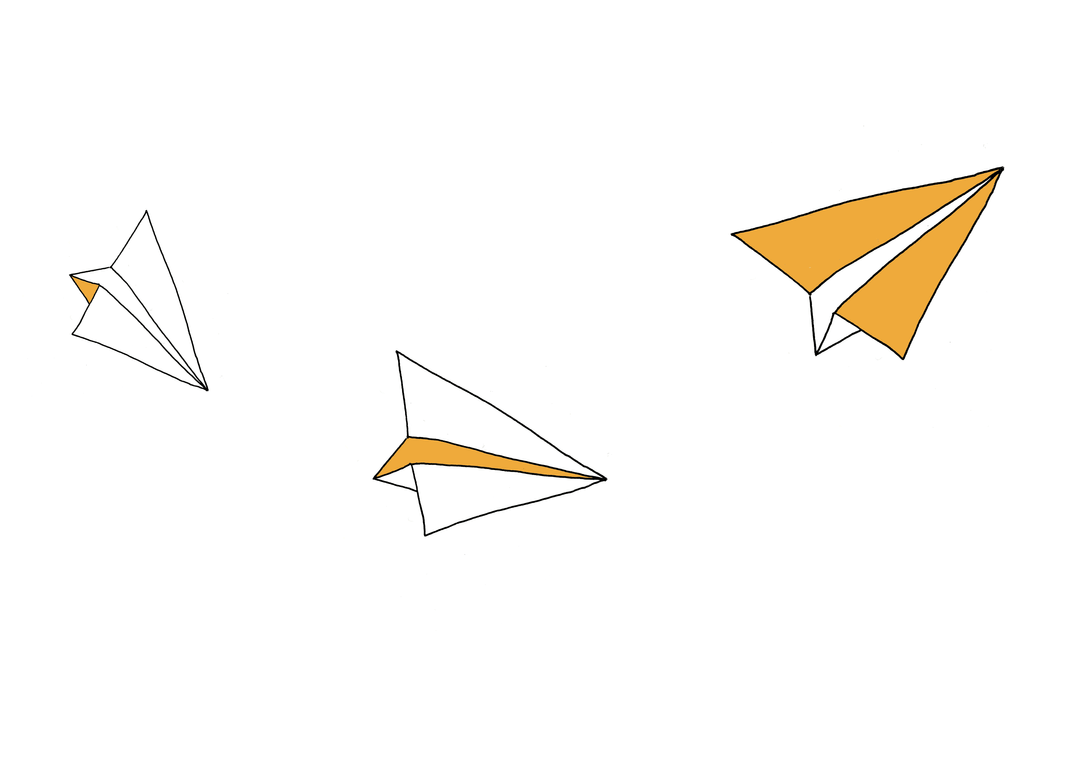Market segmentation - definition, theory, and examples 🗺️

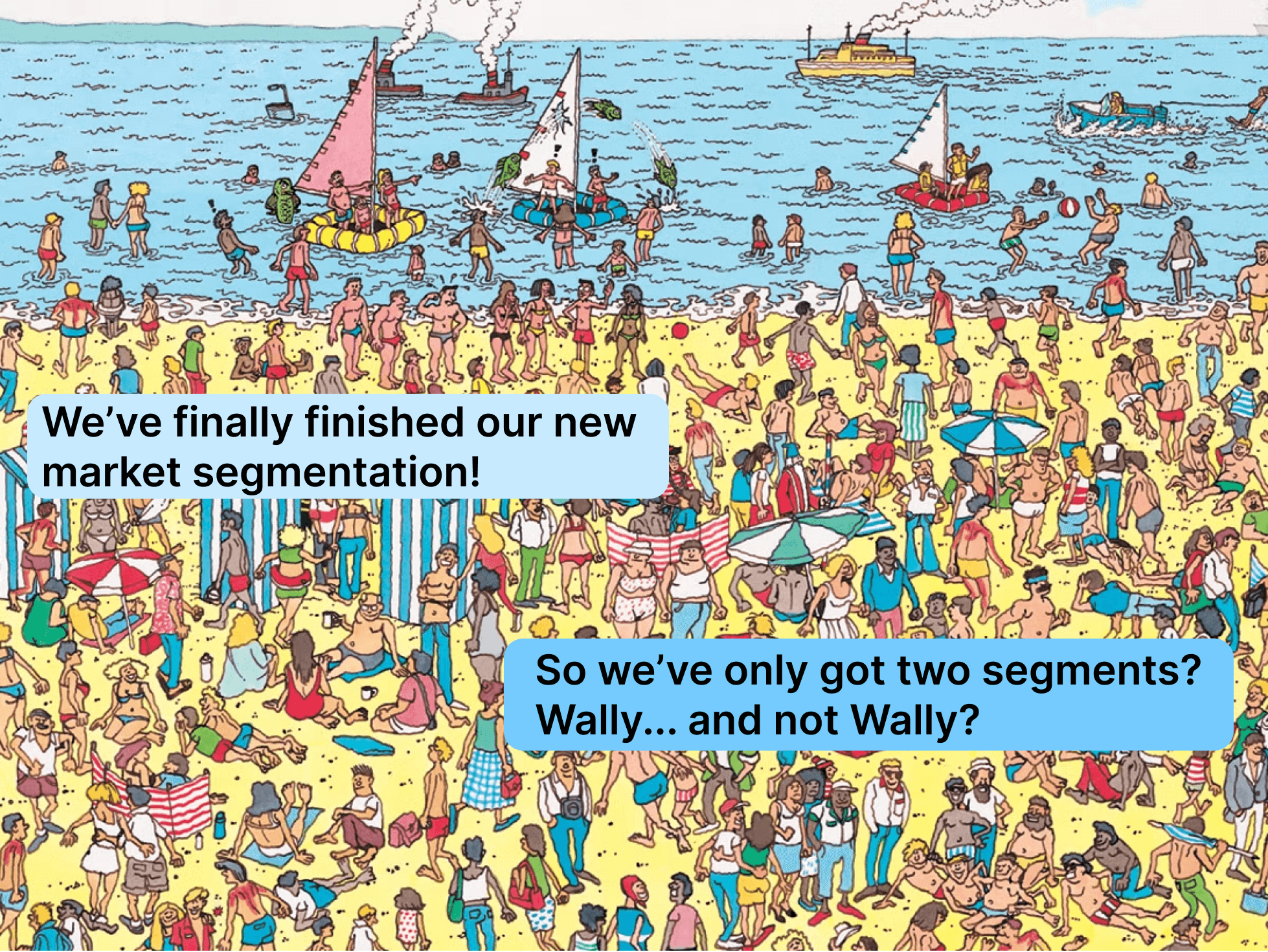
Think of a market segmentation as your map. (And for this analogy to work, think of yourself as a sailor.) Before you set sail - writing your marketing brief, targeting consumers, and communicating key messages - you need to know what's out there (i.e. what your market looks like).
If you don't have a map, all that other stuff is unlikely to succeed. Yes, you may accidentally stumble across new, fertile lands. But you'll much more likely go missing in the Bermuda Triangle (of ineffective marketing).
This article lays out what a market segmentation is, why they're useful, and the different ways you can create one.
Pro tip: Once you've got a segmentation, make sure to share it with your agency. That's as easy as uploading it to your Brand Intelligence in Briefly.
What is a Market Segmentation?
Market segmentations act like a map of the market. They allow you to take a meaningless mass of people and break them down into smaller, meaningful groups. This map will then pave the way for your marketing strategy - where you decide who you're going to target, how you're going to target them, and how you should position your brand to them.
Two things to remember when thinking about market segmentations:
A market segmentation is about the market. It's not about your firm.
So, don't jump ahead and start thinking about who you're targeting or who your ideal customer is, that comes later.Market segmentations help you avoid the dreaded "average".
Without a good segmentation, you're often left with a single composite measure of the market that either tells you very little or actively misleads you (e.g. the average Brit has just under one testicle).
What is a Market Segment?
A market segment is internally homogenous (on the characteristics that matter) and externally heterogeneous. In plain English, the people in each segment should share a set of common characteristics (e.g. they want or need the same stuff, they do similar things, they think in similar ways), and those same characteristics should set them apart from consumers in other segments.
Market Segmentation Examples
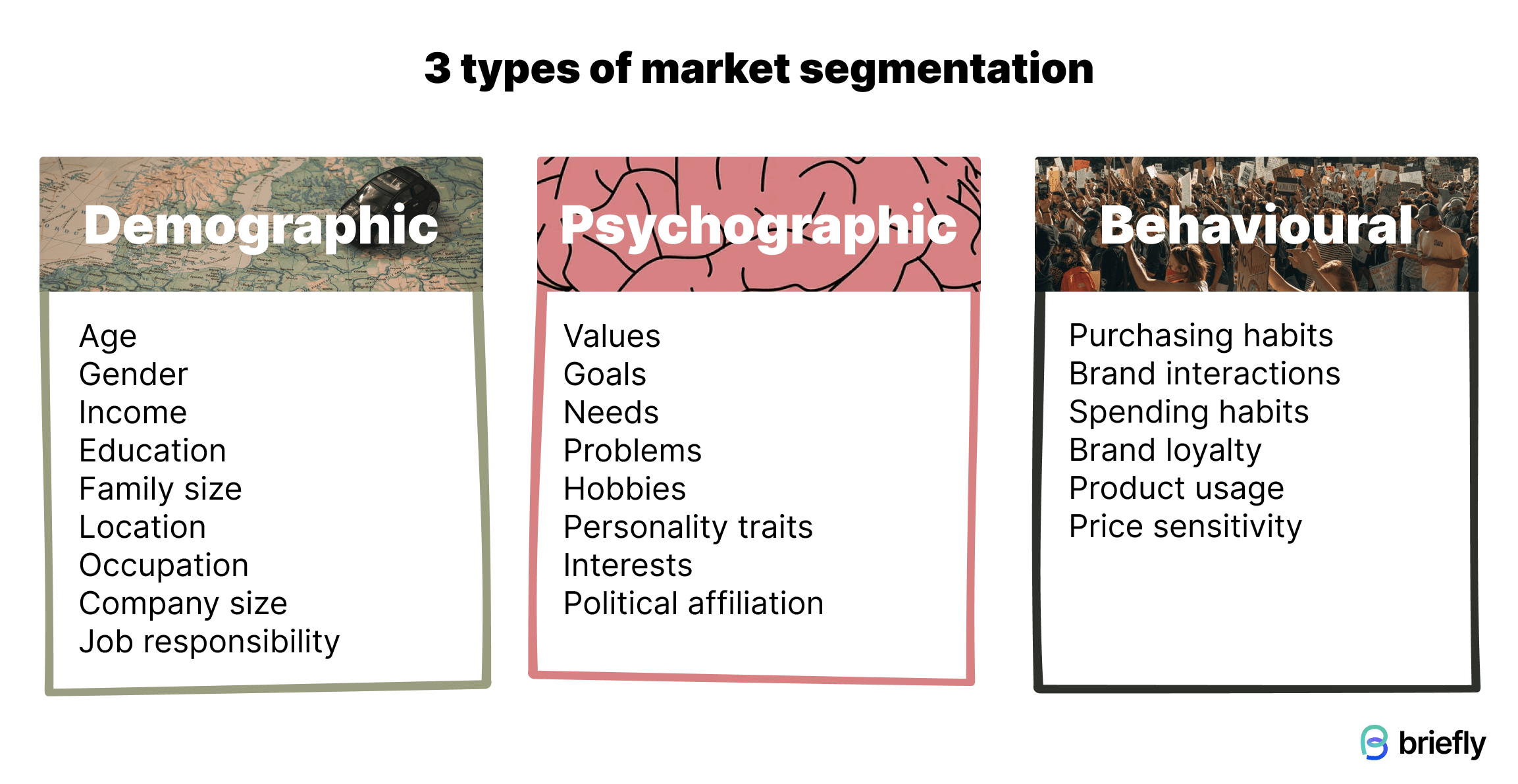
There are three main types of market segmentation: demographic, psychographic, and behavioural. Some people include a fourth type - geographic segmentations. However, we're going to include that in demography.
1. Demographic Segmentation
A demographic market segmentation relies on the external characteristics of the market.
For a B2C company, these might be:
- Age
- Gender
- Income
- Location
For a B2B company, these might be:
- Number of employees
- Industry type
- Location
Should I use a demographic segmentation?
Short answer: Probably not
Most demographic segmentations aren't robust. Remember: a good segmentation should pave the way for your targeting and positioning. Demographic data tells you nothing about how to position your brand to that segment.
For example: Ok, we're targeting 16-35 year old women who live in Glasgow. What do these people think and feel and how do they behave? Unfortunately, we have no idea. Someone's age, gender, and location tells us surprisingly little about how they live their lives.
Advanced demographic segmentations will use many more variables. However, we'll still be left with a niggling feeling that by starting with external characteristics, we're going to fail to capture the stuff that matters.
2. Psychographic Segmentation
A psychographic market segmentation starts with the beliefs and general attitudes of the market. They're built by running large scale market research (normally with a questionnaire). Then, respondents are clustered into groups that share similar attitudes.
Should I use a psychographic segmentation?
Short answer: Maybe
Psychographic segmentations are great because they allow us to understand the attitudes and beliefs of each segment. This makes positioning to the segment easy. The difficulty lies in targeting them. Who is in each group? Where do we find them? With psychographics alone, we simply don't know.
3. Behavioural Segmentation
A behavioural market segmentation combines elements of demography and psychography. Creating a behavioural segmentation typically involves running quantitative research where you look for clusters of consumers (based on attitudes and behaviours) and then compare their demographics to the rest of the sample. Each segment is then given a name (e.g. Single Earners, Earning Potential, Discount Hunters, etc.).
Should I use a behavioural segmentation?
Short answer: Probably
Behavioural segmentations are generally considered to be the superior form of segmentation. This is because you effectively get everything you need - behaviours, attitudes, and demographics. This sets you up nicely for targeting and positioning.
How Do I Know if My Segmentation is Good?
Most companies will buy a segmentation off the shelf or employ a research firm to build one for them. And while it may require expertise to create a segmentation, it's important as a marketer to be able to identify whether or not the segmentation is useful for your business.
Here are some key questions to ask yourself:
Is the whole potential market included?
Remember, a segmentation is a map of the market. It shouldn't be about your firm and your customers.Can a customer belong to only one segment?
If a customer can belong to multiple segments, then the segmentation has failed (the segments are not externally heterogenous).Are the names of the segments based on consumer behaviour?
Names matter because often the people using your segmentation (sales, product, finance) will only read or remember the name.Is the segmentation sized and valued?
If you add all the segments up (population and market size), does it make sense?Does it make sense to you?
Segmentation shouldn't be theoretical. If you gave your segmentation to your Head of Sales or your Customer Success manager, would they be able to identify which of your current customers fit into which segment?
If the answer to all of these questions is 'yes', then you should have a robust map of your market. Now it's time to figure out who you're going to target.
And if you're using Briefly, remember - you can upload your segmentation to your personal Brand Intelligence, and Briefly will be able to understand your segments, and prompt you with smart questions every time you're writing a brief.
So you won't need to keep reopening the docs to get to the info you need!
Of course, if you want to make writing a great brief easy, you can always try Briefly 🌱




